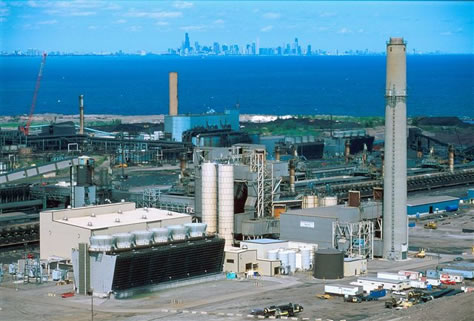CORPORATE RESPONSIBILITY
Environmental Protection

SunCoke Energy’s heat recovery process conforms to EPA Maximum Achievable Control Technology, or MACT, emission standards and offers steam or electric power as an emission free by-product. We bring superior heat-recovery technology know-how, capital, and people to make some of the best coke in the market.
Produces Virtually No Hazardous Emissions
Air
The Clean Air Act Amendments of 1990 specifically directed the U.S. Environmental Protection Agency, or EPA, to evaluate our heat recovery coke oven technology as a basis for establishing MACT standards for new cokemaking facilities. In addition, each of the three cokemaking facilities that we have built since 1990 have either met or exceeded the applicable Best Available Control Technology, or BACT, or Lowest Achievable Emission Rate, or LAER, standards, as applicable, set forth by the EPA for cokemaking facilities.
By-product coke ovens operate under positive pressure and may emit organic hazardous pollutants through cracks in the oven refractory or doors. In contrast, our ovens operate under negative pressure, continuously drawing air into the ovens, and thus containing and destroying these organic hazardous pollutants. Before being discharged, flue gas from our ovens is routed to advanced pollution control systems that remove pollutants at high efficiency. Finally, electricity generated using steam from our cokemaking facilities may reduce regional emissions by decreasing the need for electricity produced from other sources, such as coal-fired power plants.
Water
At SunCoke Energy heat recovery cokemaking facilities, there is virtually no waste water discharged. The facility is a net water consumer with water being reused in our quench operations.
Solid Waste
There are virtually no hazardous solid wastes or sludges from a SunCoke Energy heat recovery cokemaking facility. The only solid wastes are non-hazardous calcium sulfate and calcium sulfite from the spray dryer flue gas desulfurization system which can be recycled to other industries, used as fertilizer for certain crops, or land filled.